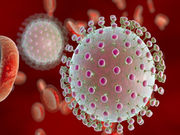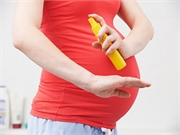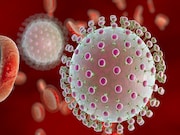But it’s unclear whether simply touching these surfaces might transmit the virus, researchers say
WEDNESDAY, Nov. 16, 2016 (HealthDay News) — The Zika virus might be able to survive for several hours on hard, nonporous surfaces such as countertops, floors, and doorknobs, according to research presented at the annual meeting of the American Association of Pharmaceutical Scientists (AAPS), held from Nov. 13 to 17 in San Diego.
“Zika can survive on hard, nonporous surfaces for as long as eight hours, possibly longer when the environment contains blood,” lead researcher S. Steve Zhou, Ph.D., director of virology and molecular biology at Microbac Laboratories, based in Pittsburgh, said in an AAPS news release.
Zhou’s group found that under certain conditions, Zika can live for several hours on nonporous surfaces and still be highly contagious. “The good news is that we found that disinfectants such as isopropyl alcohol and quaternary ammonium/alcohol are generally effective in killing the virus in this type of environment, and can do so in a little as 15 seconds,” Zhou stressed. The findings are “important to know, especially for health care providers and researchers,” he said.
There have been no known cases of the general public being infected with the Zika virus by contacting contaminated surfaces. But, there has been at least one documented case of a laboratory worker being infected with Zika, Zhou’s team noted. The study did not look at whether or how long Zika can survive on nonporous surfaces in hot temperatures. That will be examined in the next phase of research, along with how best to inactivate the virus, the study authors said.
Copyright © 2016 HealthDay. All rights reserved.








